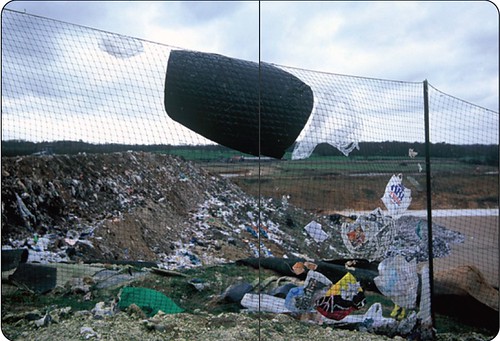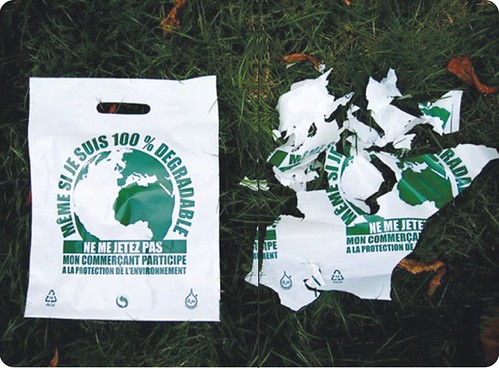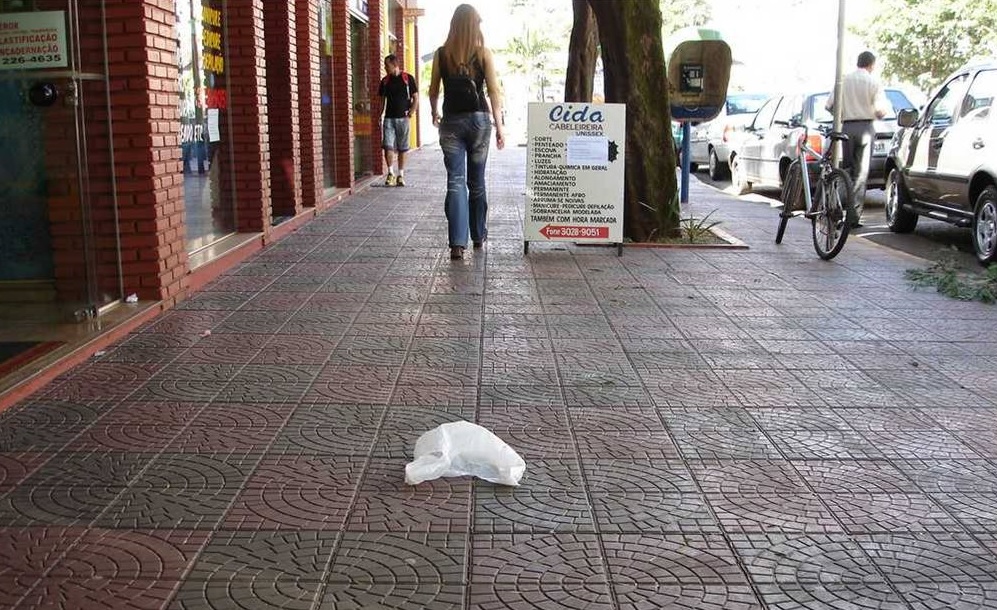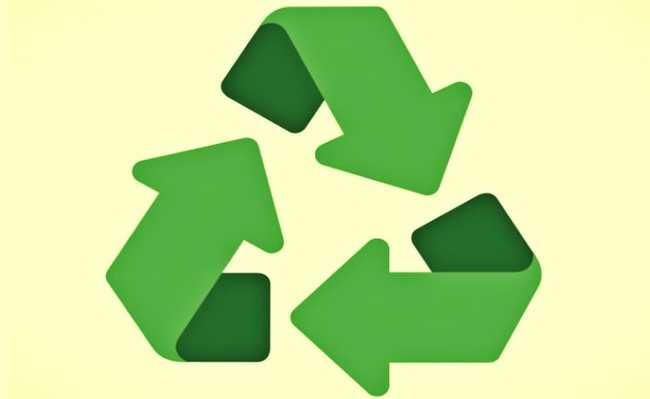Entrevista concedida pela FUNVERDE para a revista HM! sobre as malditas sacolas plásticas de uso…
Aditivos oxibiodegradáveis d2w ganham força no Oriente Médio – Oxo-Biodegradeable Additives Gain Traction in the Middle East

The Green Room – green materials
Oxo-Biodegradeable Additives Gain Traction in the Middle East
Technology explained in detail by experts in the market
Across the world, plastic manufacturers are looking for ways to lower their carbon footprint. Packaging products in particular are coming under increasing scrutiny for their impact on the environment. In the Middle East there is a fast-growing movement towards a relatively new type of additive technology which can dramatically help manufacturers in improving their green credentials — oxo-biodegradeable.
A key provider of oxo-biodegradeables is Eco-Polymers, a materials distributor based in Sharjah, UAE. It distributes d2w oxobiodegradable plastic additives, a product from UK manufacturer Symphony Environmental. At MEP magazine we wanted to find out more about the product and its uses in the Middle East, so we spoke with Winston Pryce, General Manager of Eco-Polymers. We also caught up with Michael Laurier, CEO of Symphony Environmental, to learn about the different types of degradeable technology available.
According to Pryce, d2w oxobiodegradable plastics are being chosen increasingly in the United Arab Emirates in particular as well as across the Middle East. Symphony and Eco-polymers were
instrumental in the passage of a law in 2009 in the UAE, which calls for all “plastic bags and other disposable plastic objects’’ used in the region to be oxo-biodegradable by 1st January 2013. These products must meet the UAE Standard, which was developed for the purpose. A number of other countries in the region are also developing similar laws and standards.
Pryce claims that an increasing number of customers across the region are using d2w products in plastic bags, shrink-wrap, plastic bottles and many other plastic packaging items. He told us that he expects this trend to continue with the progressive implementation of the UAE law, as other countries pass similar laws and consumers become more aware of the convenience, competitiveness and environmental benefits of the d2w option.
d2w, when included at the manufacturing stage, turns ordinary plastic at the end of its useful life into a material with a different molecular structure. At that point it is no longer a plastic but has become a material which is inherently biodegradable in the open environment, in the same way as a leaf.
Pryce concluded that the technology offers the best opportunity for the region to address the problem of plastic which ends up in the environment and is not collected.
Litter is becoming a problem all over the world and much of it is non-degradable plastic. Using oxo-biodegradable plastic would go a long way to solving the plastic waste problem, as ‘oxo’ degrades completely in the open air within a short, pre-set lifespan.

So it seems that the additives are likely to take a strong hold in the Middle East. And when they do, manufacturers will be faced with a variety of options as to which products they can use. The term “biodegradable” has been the subject of much debate across the industry. We asked Michael Laurier, CEO of Symphony Environmental to shed some light on the different technologies available. He explains that there are two types of biodegradable plastic. They are fundamentally different, and must not be confused.
Oxo-Biodegradables degrade by oxidation, caused by a small amount of d2w additive put into the product at manufacture. For Laurier, the fundamental point is that the additive does not just break up the plastic — it turns ordinary plastic (in the presence of oxygen) into a material with a different molecular structure. At that stage it is no longer a plastic and has become a material which is inherently biodegradable in the open environment in the same way as a leaf. The approximate timescale for degradation can be set at manufacture from as little as a few
months to as much as a few years. Oxobiodegradable plastics will degrade on land or sea, in heat or cold, and in light or dark.
Oxo-biodegradable plastics are designed to address the problem of plastic waste which escapes into the open environment — as some of it always will — and cannot realistically be collected. Laurier believes that there is no evidence that biodegradable plastic of any kind encourages littering.
This plastic bag is treated with oxobiodegradable additives and will degrade, then biodegrade until there are absolutely no traces left – no fragments, heavy metals and no methane emissions.

A popular argument for banning plastic bags is that it would save oil. Laurier points out that oil is imported to make fuels, and not a single barrel is imported to make plastic, as plastics are made from a by-product which used to be wasted. Using it to make plastic does not reduce the amount of fuel available nor increase oil extraction. In fact plastics should reduce the oil imported because they can be incinerated to release their calorific energy, to generate electricity or heat buildings. Laurier says it is a waste to put plastics in landfill.
He goes on to explain that oxobiodegradable plastics can be made with the same machinery as normal plastics — at little extra cost. During their useful life they have the same appearance and performance as ordinary plastic, and can be recycled with other oil-based plastics.
Hydro-biodegradable is the name given to the alternative type of biodegradeables. Hydro-biodegradation is initiated by hydrolysis. These plastics are usually made from crops, and are marketed as
“compostable”.
Some of them have a high starch content and it is claimed that they are therefore “renewable”. However, substantial amounts of non-renewable hydro-carbons are burned and CO2 emitted, by the tractors, trucks, and other machines employed in their production. In February 2011 a Life Cycle Assessment (LCA) by the UK Environment Agency showed that oxo-biodegradable plastic bags have a better LCA than paper or compostable bags.
Composting of organic waste makes sense, concludes Mr Laurier, but compostable plastic for shopping bags, food packaging and shrink-wrap does not. It is designed to biodegrade under industrial composting conditions; it is also up to 400% more expensive, is thicker and heavier and requires more trucks to transport it. Recycling with oilbased plastics is impossible. It uses scarce land and water resources to produce the raw material, and if buried in landfill, it can emit methane (a greenhouse gas 23 times more powerful than CO2).
Fonte – Symphony Enviromental / Res Brasil / MEP – Mid East Plast – Dubai – Emirados árabes Unidos de julho de 2011




Quem e onde se condensar neste verão de férias, compartilha suas informações.